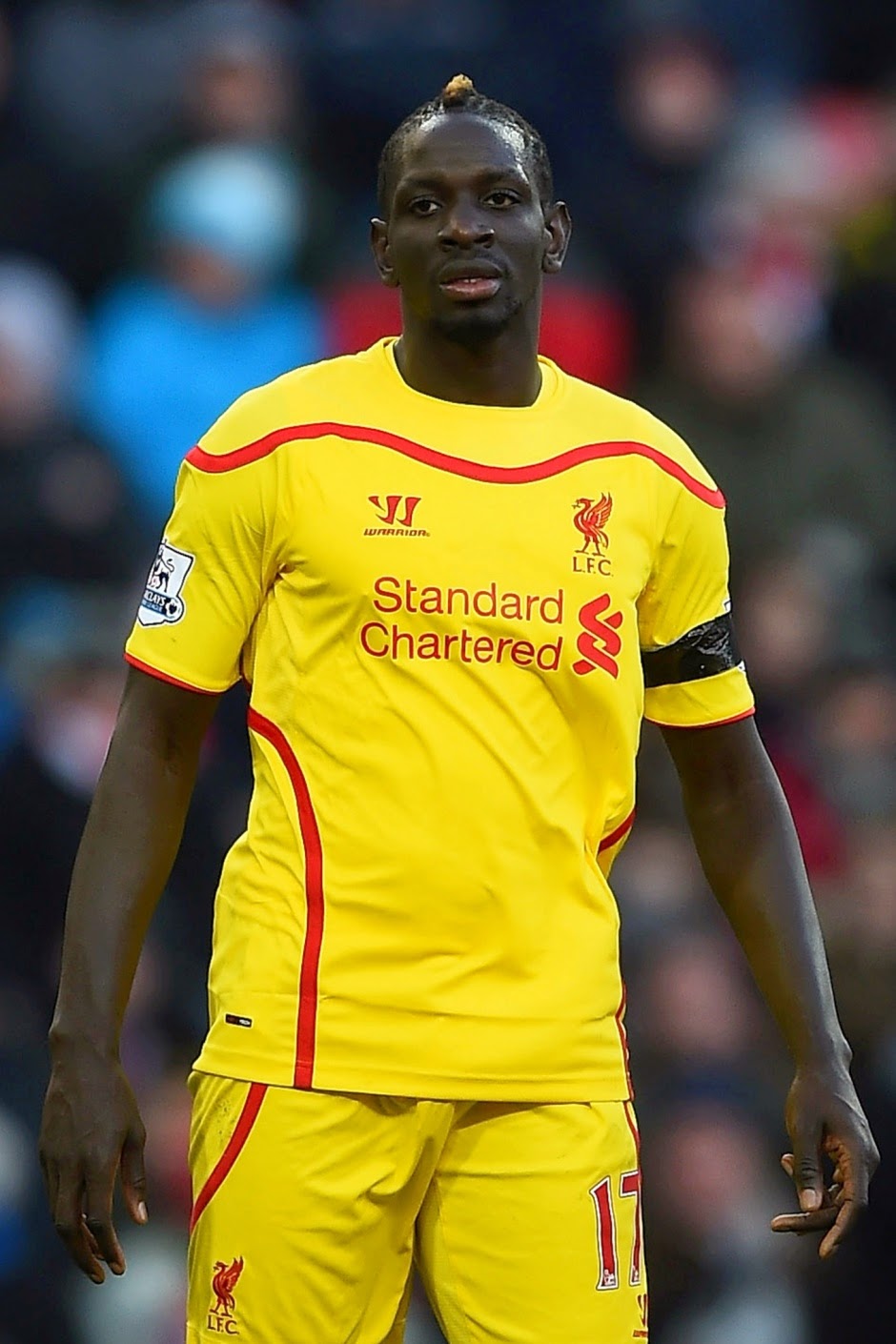Symbols – a resurgent form of communication
The terror attacks in Paris on January 7 did not only bring multiple deaths and
terror, but also brought with it what has become more and more a
manner to pay tribute to, and to demonstrate moral solidarity with
the victims of these attacks, and that is through the use of various
symbols.
As the
Wikipedia article on Symbols so succinctly states “A symbol is an
object that represents, stands for, or suggests an idea,
visual image, belief, action, or material entity.
Symbols
take the form of words, sounds, gestures, or visual images and are
used to convey ideas and beliefs. For example, a red octagon may be a
symbol for "STOP". On a map, a picture of a tent might
represent a campsite. Numerals
are
symbols for numbers .
Alphabetic
letters
are symbols for sounds. Personal names are symbols representing
individuals. A red rose symbolizes love and compassion.
In
France alone, more than 3.7 million people gathered in
demonstrations, throughout the country, with displays of markings on
objects, such as t-shirts, placards, stickers etc., as seen in the
photos below. It was the biggest such demonstration in French
history.
What
seems to be new with respect to these demonstrations and markings is
that they appear to have shifted to a world level, and not
confined to the place or country where the acts of terrorism etc.
have taken place. Hallande declared, for instance, that “Paris is
today the capital of the world.”
Moreover,
new prominent types of people, such as soccer players, skiers, etc.
were participating, and particularly French, playing or competing
overseas, in their own ways. These ways appear to have replaced, to
a great extent, more tranquil forms, such as lit candles, flowers
etc. for a more demonstrative form of message.
Above,
we find Washington Wizards centre, Kevin Séraphin, of France,
wearing a “Je suis Charlie” t-shirt during warmups for an NBA
basketball game against the Chicago Bulls.
In the next photo we see Jason Lamy-Chappuis, soaring throught the air, in Chaux-Neuve, in eastern France, over a message on the ground that reads “Je suis Charlie”, in reference to the attack by gunmen, in which 12 people were killed, at the French satirical magazine Charlie Hebdo's editorial office in Paris.
Spectators
at this skiing event also paid their tribute:
French national soccer player, Mamadou Sakho, is seen wearing a black armband in honour of the victims of the Charlie Hebdo attack in Paris, during Liverpool's match at Sunderland:
Even
players like Paris Saint-Germain's Zlatan Ibrahimovic and Bastia's
Yannic Cahuzac, like the rest of the French League 1 players, in
action on Saturday, sported black armbands during their match, as
seen below:
Even
during a friendly game between Congo and Cape Verde, at the Léopold
Sédar Senghor stadium in Senegal, Congo's French head coach, Claude
le Roy, wears a t-shirt in solidarity with the victims of the
shooting at the Charlie Hebdo offices in Paris.
Reims
supporters held black flags suspended, in tribute to the 17 victims
of the terror attacks, prior to their team's Ligue 1 match against
Saint-Etienne:
Finally,
Tottenham Hotspur and France's Hugo Lloris sported a black armband in
the match against Crystal Palace, at Selhurst Park:
The
main reason why so many demonstrated their support for not only the
fallen terrorist victims, but also in the form of protecting
individual freedom of expression was due to the fact that these
attacks were perceived as direct attacks on the freedom of
expression. People expressly identified with the journalists that
were killed, and they did it through the various symbolic forms of
this shared identity.







